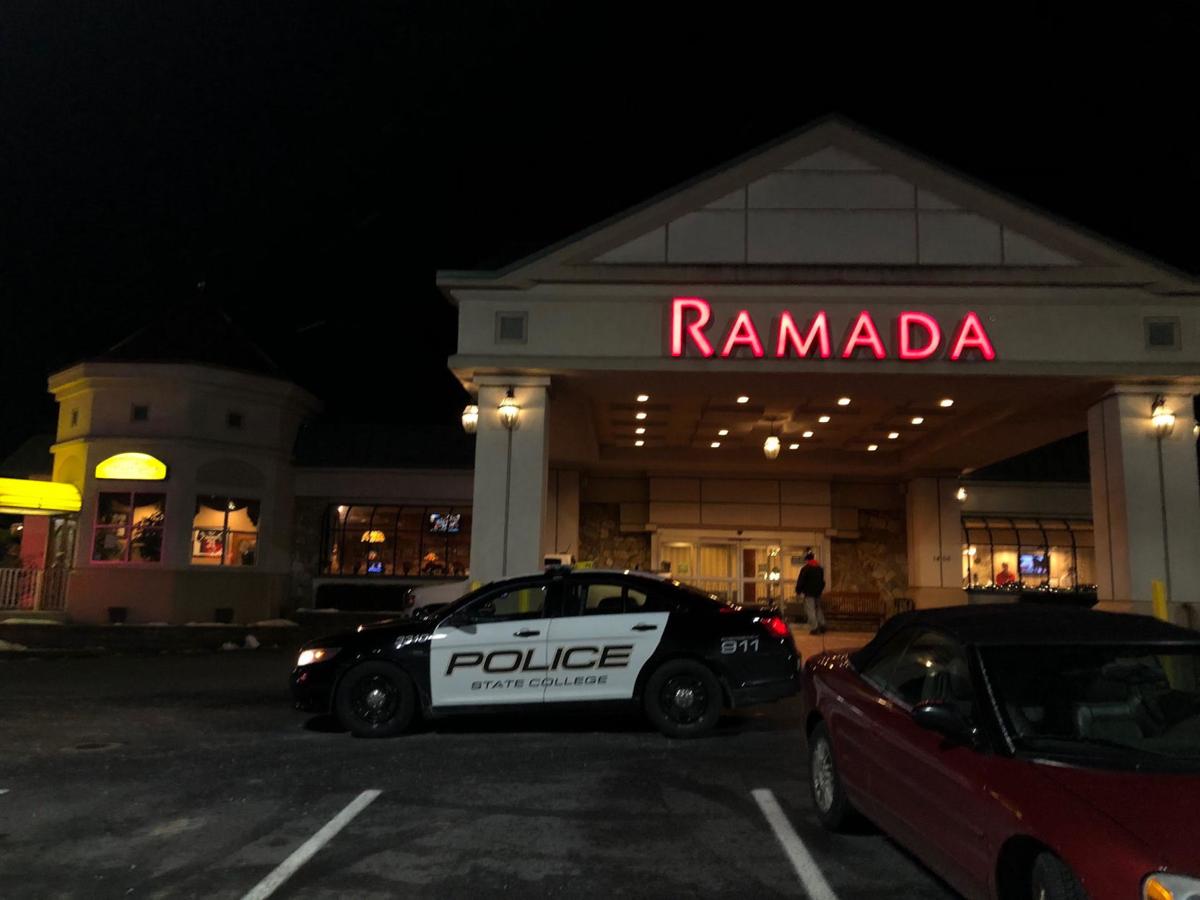
To alert, or not to alert? That is the question.
After the shooting that took place at the Ramada Hotel in State College on the night of Thursday, January 24, Penn State did not send a single security alert to students. As this Onward State live blog/article points out, we noticed. Students were outraged and voiced their disapproval via social media shortly after the tragedy.
A university spokesperson initially stated that the incident did not meet the criteria for the aforementioned alert because it did not take place on Penn State-owned property or on public property within striking distance of campus. Penn State then amended its statement, delving into further detail and explaining that campus and State College police carefully examine each incident on a case-by-case basis and in real time in accordance with policies established in the Clery Act of 1990. This act states that all college institutions that participate in federal financial aid programs – for example, FAFSA – must report their campus security policy and crime statistics.
I believe that, regardless of an incident or calamity’s particular location – in other words, whether it be two miles off campus or 20 – the university must notify students of its existence. The only incentive I can think of not to send out an alert is damage control – and, more critically for the university, panic control. Just think about it, dear reader: if University Park possesses 46,000 students living and studying here, that that makes 46,000 pairs of parents (92,000 total parents) left worrying about their children when a shooting occurred only “in the vicinity” of campus.
I, for one, found out about the shooting via a text on GroupMe. I find this to be truly embarrassing for Penn State, and I noticed in the Onward State article that someone else learned of the incident the same way. How can the university not at the very least announce on its website that something has taken place?

I have a few relatives who used to live in downtown State College and who still own a house there in the direction of I-99. I find that the distinction between University Park and State College is quite emphasized here on campus. Electorally, demographically, and in terms of general lifestyle, I have noticed that Penn State tries not to associate itself with its surrounding area. While this does make sense in regards to reputation, overall image, and branding – i.e., letting people know that, while the campus location may be “in the middle of nowhere,” the university is still a leading academic institution – I have no idea why Penn State deems State College mutually exclusive from itself to such an extent. This isn’t New York or Los Angeles, after all, or a town hours away; this is a nearby – check that, adjacent – town that is full of good people and law-abiding citizens.
Now, let’s take a closer look at the aforementioned Clery Act. The law’s namesake, Jeanne Clery, was a 19-year-old student at Lehigh University in Bethlehem, Pennsylvania, when she was brutally raped and murdered in 1986. Her parents subsequently fought for greater transparency among colleges with regard to campus crime reporting. The act discusses Campus Security Authorities (CSAs) and their functions. In 2013, President Obama strengthened the act through several new provisions.
It seems as though Penn State has begun to more elaborately distinguish between various types of incidents. Following the Timothy Piazza hazing debacle and the Jerry Sandusky scandal, Penn State has placed a great deal of emphasis on sexual violence prevention. However many times the university has preached its new “run, hide, fight” policy, it must absolutely give students the chance to “run” in the first place, regardless of how far away the incident is. Student and family notification and awareness must be priorities for the university, and I believe it must be more responsible than it was just two weeks ago.
In this instance, silence is far worse than awareness, for the damage that Penn State’s reputation has suffered – if only among students – is much more substantial than if an alert had been sent out. No matter the location of a future incident – Bellefonte, where the shooter was from, State College, or otherwise – Penn State must act promptly and with conviction. While the Clery Act may address the safety of students, it does not address their mental and emotional security and well-being. Penn State must now read past the “letter” of the law and into its “heart” – its spirit and intent.
My full name is Sebastien Charles Ross Kraft. Charles Ross, my great-grandfather, lived to nearly 101 years old and managed the A&P grocery store (now Weis) in Bellefonte for 41 years. My point is: the greater State College area is an excellent – and habitually safe – place to live. Thus, Penn State must not be afraid to at least loosely associate itself with its surrounding area, most notably when an emergency has taken place.
In the end, the answer to the above question is evident:
To alert.
Image Credit:
https://www.collegian.psu.edu/news/crime_courts/article_845dc31c-2056-11e9-b05d-77d4fee7ba4b.html
Gunman kills 3 men in separate shootings, then kills himself

I completely agree — it makes no sense that the university did not report the shooting to its students, and I too learned of it via GroupMe. However, with the Sandusky and Piazza scandals and the massive sexual assault statistics in mind, I didn’t really expect any better of Penn State. We have a terrible record when it comes to preventing or reporting on crime. I disagree with this idea that the university is truly committed to stopping sexual violence since they’ve done nothing to address any of the actual issues present — all they’ve done is send out a mandatory survey and put up some posters. That’s it. That’s not enough. I think this Clery Act issue is only indicative of greater issues in Penn State’s conduct.